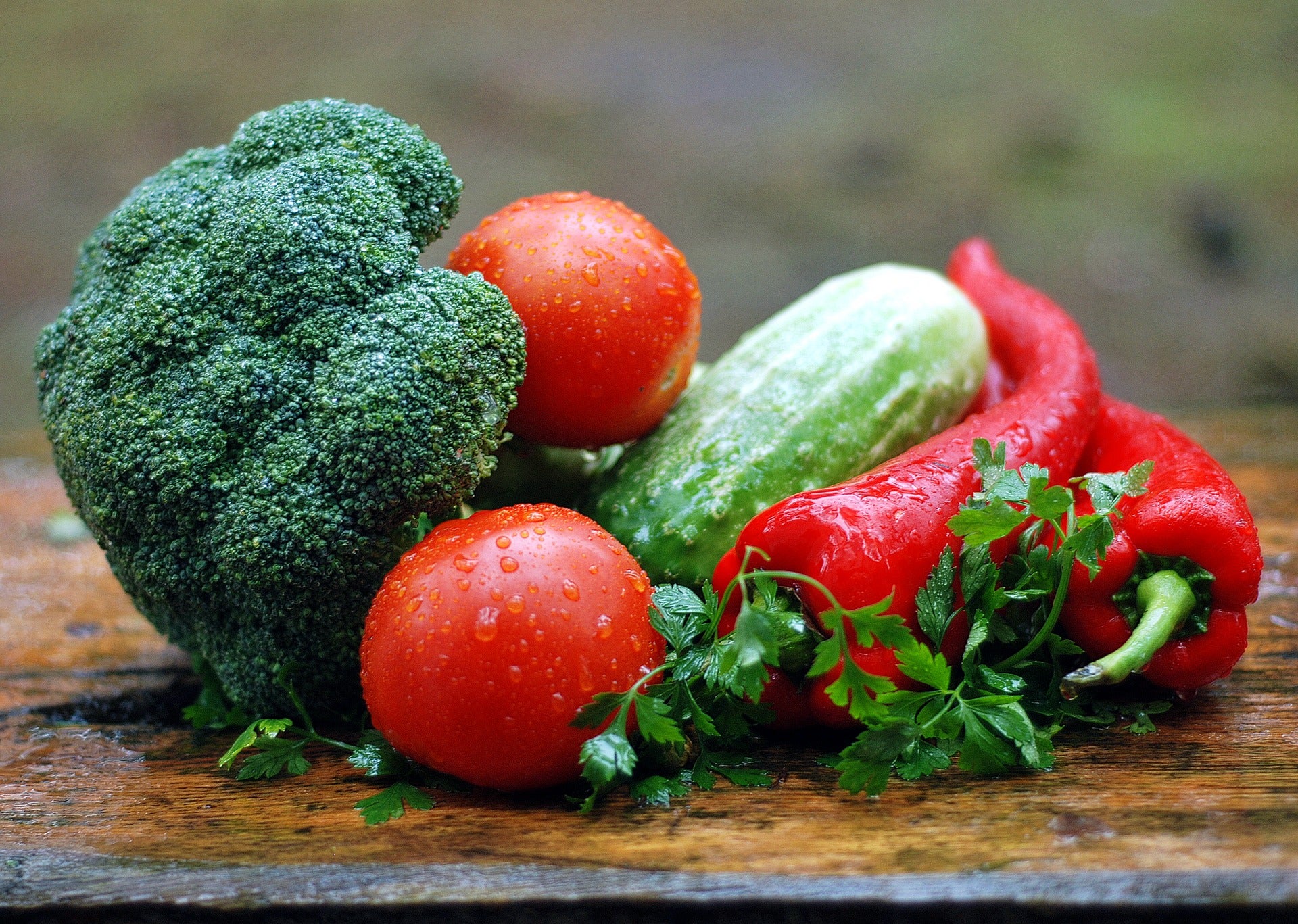‘Meal gap’ is too big in Kentucky
Published 6:07 pm Thursday, May 2, 2019
EDITORIAL
The Advocate-Messenger
According to a new report, the rate of Kentuckians who suffer food insecurity is higher than the national average. This means, on average, there are more people in Kentucky who are unsure where their next meal will come from than in many other parts of the country.
The 2019 Map The Meal Gap report released Wednesday, reveals that Kentucky’s overall food insecurity rate is 14.9 percent, higher than the national average of 12.5 percent.
There are 662,360 food insecure people in the state, according to the report. Of those who are food insecure, more than 186,000 are children, and the rate of childhood food insecurity, 18.4 percent, is much higher than the state’s overall rate.
According to the report, there is a more than $300 million annual food budget shortfall in the state.
In Boyle County, the rate is consistent with the state average at 14.3 percent.
In surrounding counties, the rates vary: Mercer, 13.5 percent; Washington, 12.7 percent; Marion 14.1 percent; Casey, 15.1 percent; Lincoln, 15.8 percent, and Garrard, 13 percent.
“Food insecurity refers to USDA’s measure of lack of access, at times, to enough food for an active, healthy life for all household members and limited or uncertain availability of nutritionally adequate foods,” according to the report. “Food-insecure households are not necessarily food insecure all the time. Food insecurity may reflect a household’s need to make trade-offs between important basic needs, such as housing or medical bills, and purchasing nutritionally-adequate foods.”
Among those who are food insecure, only about half (56 percent) fall below the threshold to be eligible for SNAP benefits, which is 130 percent of the federal poverty threshold, and 33 percent fall above other nutrition program thresholds.
The report says more than 1 million additional meals are needed each year to close Kentucky’s meal gap.
Thousands of Kentucky households are being forced to choose between food and other essential needs or bills, and the rates of food insecurity are disproportionately higher in rural Kentucky counties.
The food insecurity rate is the highest in Magoffin County at 22.5 percent. Bell, Breathitt, Clay, Elliott, Fulton, Harlan, Knox, Leslie, McCreary, Owsley and Wolfe counties also were found to have a food insecurity rate above 20 percent.
Sadly, most people do not realize so many in our community are going without food, and that food insecurity has ramifications beyond just hunger.
“Inconsistent access to adequate amounts of nutritious food can have a negative impact on the health of individuals at all ages,” the report states. “An analysis of county data on health indicators and food insecurity shows that communities with the highest rates of food insecurity face a higher prevalence for diseases and other measures that are tied to health.”
In counties with high food insecurity, 1 in 8 people have diabetes, 1 in 5 people have a disability and 1 in 3 people are obese, the report reveals.
“The intersection of hunger and health can be depicted as a cycle,” according to the report. “First, a food-insecure household is forced to engage in coping strategies, often including the consumption of cheaper foods that are high in calories, but low in nutritional value. Reliance on less healthy foods can lead to poor nutrition, and chronic diet-related diseases such as diabetes. In turn, these chronic illnesses can worsen existing disabilities or other illnesses or result in inability to work and increased healthcare costs, which further restrict the household food budget.”
It’s a vicious cycle for many Kentucky families and a reflection of a long-term failure of our nation to address the issues of hunger and poverty.
It is critical legislators and policymakers establish changes that strengthen support programs for families in need and provide additional support for the working poor — families with full-time jobs that still struggle to make ends meet.
Thresholds for access to these critical nutrition programs need to be re-evaluated, taking into account cost of living and average income in each state. To create nutrition program thresholds at the national level no longer works because cost-of-living varies widely from state to state.
While we wait for those changes to ensure every American is sufficiently fed, what are some things we can do to help our neighbors who are hungry?
When doing charitable giving this year, consider adding local food banks or local agencies that work to fight hunger to your list.
Host a food drive at your workplace or church. Consider asking for donations of food for admission to special events that would otherwise be free.
Volunteer at food banks to help distribute food to those who are hungry in your own community.
Plant an extra row of produce in your seasonal garden that would all be donated to local people in need.
If you don’t have the means to donate time, money or food, at the very least, advocate for the cause. Talk to others about the struggles of many local families and encourage them to give back when they can.
And be responsible with your own food consumption and make efforts to reduce the amount of food you waste in your own home. It’s a shame many families throw away wasted food while others struggle to find proper meals.
It’s easy to feel like we can’t make an impact on an issue as large at food insecurity, but just a few small actions taken by many can add up to a huge change. That could mean fewer families in our community struggle to put food on the table.






